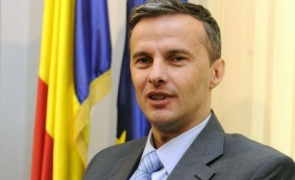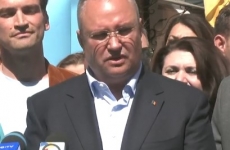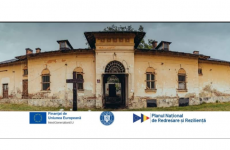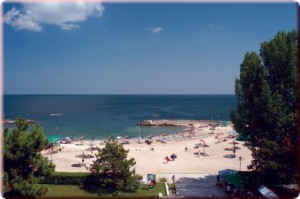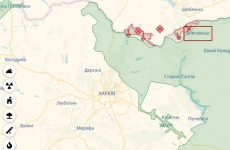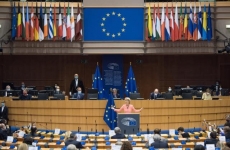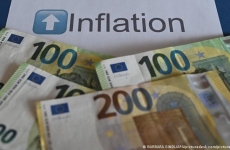A balance between consumption and investment will be accomplished in the next years by an increase in EU funds absorption, budget-financed public investments and public-private partnerships (PPP), associate professor at the Bucharest Academy for Economic Studies (ASE) Cristian Socol told AGERPRES.
He argues that a comparison with 2008 would be off the beam because of the completely dissimilar conditions, given that at that time the budget deficit was 5.7 percent of GDP, the lending process was unsustainable and the Treasury's cash reserve was zero.
"One cannot make a comparison with 2008. Back then the budget deficit was 5.7 percent of GDP, in 2017 the deficit is estimated at 2.95 percent of GDP, below 3 percent of GDP. In 2008 the structural budget deficit was 8.7 percent of GDP, in 2017 it is estimated at 2.9 percent of GDP. In 2008 the current account deficit (the difference between foreign currency payments and foreign currency inflows) was 11.6 percent of GDP, double the sustainable level and strongly dependent on foreign capital inflows, while in 2017 the estimated level is 2.4 percent, below the threshold of 2.8 percent of GDP that could cause trouble in the economy if exceeded. And yet another indicator to ponder on: the buffer (the Treasury's cash reserve) was zero in 2008, whilst now Romania has a buffer that covers over 5 months of its current financing needs," Socol said.

